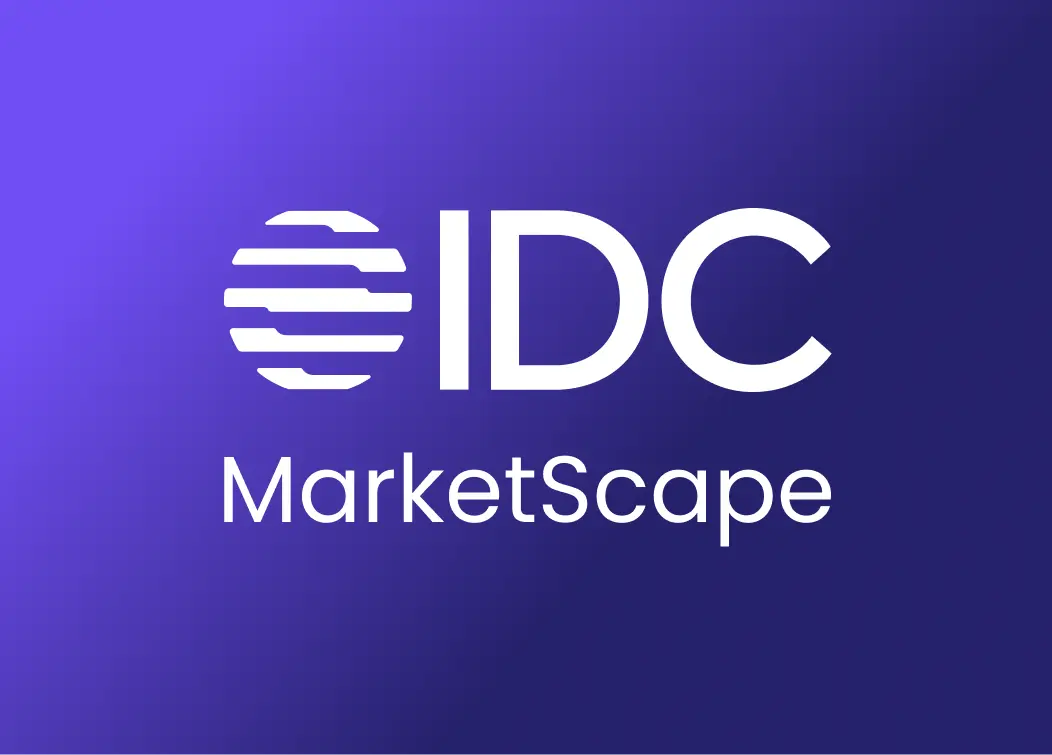How To Win In Business Lending: Part 2

Link to part one of the interview with Ron Shevlin
Interview Notes
In the second part of our conversation with Ron Shevlin, Chief Research Officer at Cornerstone Advisors, we dive into embedded lending.Ron shared his thoughts on how banks can prepare to be leading players in the shift to an embedded financial services landscape.
Senior banking executives should be thinking about who their clients will be in an embedded ecosystem - here, Ron provides them with a framework for success.
Interview
Some banks are focusing on embedded finance as a strategy, partnering with fintechs or other distribution channels to deploy banking products into the market. How does their role change if they are not acquiring the customer directly?
In that future, the role of the bank is not totally different from what it is today. It’s still a product or service provider. For all of the talk about embedded finance, it simply represents a new distribution channel. Somebody else has a strong relationship with a bank’s target market, so why not leverage that relationship in order to get their products and services out to them?
With an embedded strategy, the bank’s customer is no longer just the borrower or the banking customer. The distribution channel, whether it be Amazon or a SaaS company, is a customer as well.
A major problem in embedded banking right now is that a lot of banks just don’t have the technology chops to deliver. They’re slow at integration, product delivery, and design. Their customer service tends to be pretty good, but as we’re seeing in a lot of cases, their integration of compliance, fraud, and risk management isn’t particularly strong.
None of that is really visible to the end consumer. However, it’s very visible to the intermediary (the distribution channel). A bank’s brand is still important, but the nature of that brand is about delivering integrated technology capabilities to the partner, and not about TV ads with smiling people.
The advantage of this model is that done right, the economics are better for the bank because somebody else is spending the money on marketing and customer acquisition.
“It’s still mind-boggling that there are banks that require 30-page forms and four to five weeks to make a loan decision.”
Ron Shevlin, Chief Research Officer at Cornerstone Advisors and Senior Contributor at Forbes

Continuing that line of thought, how does a bank stand out in this embedded ecosystem?
If you’re a SaaS company or provider, here’s the challenge: You don’t want a hundred bank relationships, but you probably don’t want to rely on just one either. That single bank may not have enough capital or the risk profile to meet your needs. You’re going to want multiple relationships for different sets of customers.
I do think there’ll be some competition within the platform that the banks are embedding into. A lot of banks are going to find themselves in a Google-type situation where they’re bidding for deals, similar to the LendingTree model.
Successful banks are going to provide fast and integrated technology capabilities, alongside a clear demarcation of their risk tolerances and profiles.
Private lenders are growing at a faster rate than bank lenders. Is this a competitive threat for banks, at a time when their brand names are already eroding in value?
Everybody can be a threat. The question is how to compete against them.Where banks have an advantage over pure nonbank lenders is that nonbank lenders tend to be monoline — all they do is lending. Banks have all of banking. It’s important to bring more to the table for customers, such as treasury and payments.
A problem with a lot of banks is that they’re siloed organizationally. There are the people who do the lending, the people who do the banking, and a third group that does payments.
Amazon and Square are successful because they don’t come to the table with those natural silos. They’re just there to help and support their small business partners and clients.
Similarly, banks have to be able to bundle and package a wider range of services beyond just the loan. Nonbank lenders aren’t able to bring those broader capabilities to the table. That’s one of the reasons I think partnerships and alliances will become very important to banks as they look to win in the small business space.
Efficiency not only offers a better customer experience, it also drastically changes the unit economics and loan profitability for the bank. What else are you hearing from banks as a challenge around small business lending?
Because few banks truly have a digital process, small loans are hugely unprofitable. However, there’s something bigger that many banks are missing.Digital transformation is top of mind for everybody, but my concern is that the scope of their focus is still relatively narrow in terms of the lending process. They’re thinking about digitizing the lending process from the point when an application comes in through to the point when a loan is dispersed.
The bigger problem is how did that customer get to you in the first place? Having a prior relationship with a customer in a non-banking, non-lending aspect is critical. Continuing to understand how the money is being utilized post-loan disbursement becomes very important in order to drive more money management and ultimately lending.
There’s just not a holistic enough approach to this from my perspective. As banks are thinking about digital transformation, they’re missing the small business relationship management process.
Is that the big opportunity in lending that hasn’t been brought into the mainstream?
Because few banks truly have a digital process, small loans are hugely unprofitable. It’s the integration of lending with deposits, banking, treasury management, and the payment side. It’s about being more holistic and not simply looking at this as a lending delivery or lending relationship, but as a money management relationship.
Anytime you ask a bank to change something that requires organizational design and structure changes, it’s a bigger problem than simply the technology. If the organizational structure doesn’t support what the technology is designed for, that’s where you run into a problem.
That’s going to be the biggest challenge for a lot of financial institutions over the next couple years.

Ron Shevlin - Bio
Ron Shevlin has been a management consultant for more than 25 years, working with leading financial services, consumer products, retail and manufacturing firms all over the world. As Chief Research Officer at Cornerstone Advisors, Ron calls on his analytical acumen to author a variety of corporate and commissioned research reports.
Considered one of the banking industry’s most notable experts, Ron’s opinions are regularly sought for inclusion in major banking publications. He writes weekly for Forbes and has published hundreds of articles for his Snarketing blog. A seasoned professional speaker, Ron’s insights and quirky sense of humor are in high demand for trade events and podcasts.
Prior to joining Cornerstone Advisors, Ron was a senior analyst at Aite Group, where he specialized in retail banking issues. Prior to Aite, he led Epsilon’s financial services consulting practice. Before Epsilon, he headed up Forrester’s research efforts on customer loyalty, profitability and consumer channel use in the financial services industry.
Ron is the author of Smarter Bank: Why Money Management is More Important than Money Movement. He was ranked #2 on Bank Innovation’s list of 30 Innovators to Watch. His Snarketing 2.0 blog was named to Radius’ 25 Best Marketing Blogs.
Ron received a master’s degree in finance and statistics from the University of Texas at Austin and a bachelor’s degree in economics from SUNY Binghamton.

















.webp)


.webp)

.webp)





.webp)















